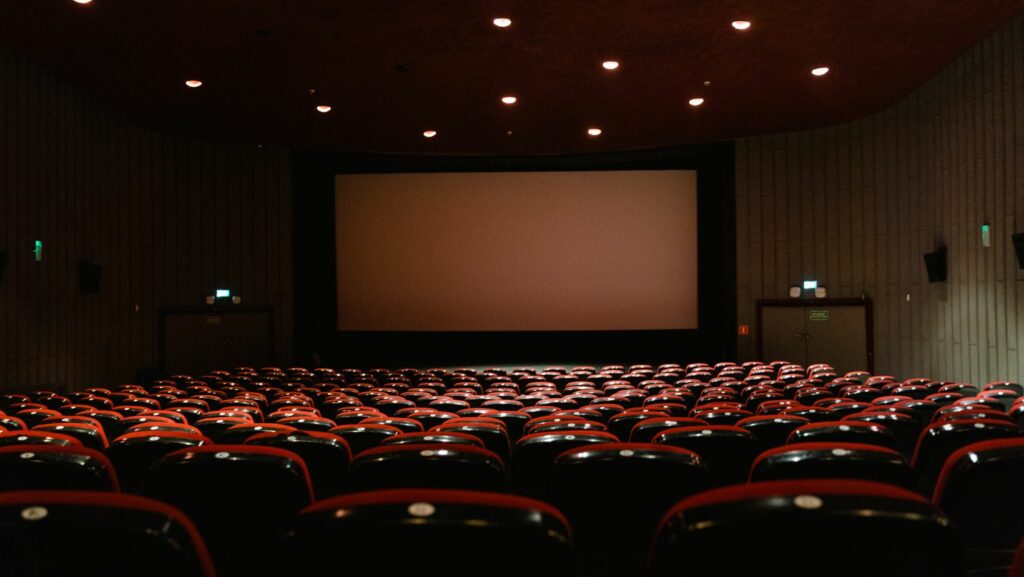What Makes a Classic Movie
In a world where new films hit theaters every week, the term “classic movie” holds a special allure. These timeless gems transcend generations, capturing the essence of storytelling that resonates with audiences long after the credits roll. But what exactly elevates a film to this esteemed status?

A classic movie is more than just an old film. It’s a cinematic masterpiece that combines compelling narratives, memorable performances, and innovative techniques. These films often reflect the cultural and social landscapes of their times, offering insights into the human experience that remain relevant. Whether it’s the unforgettable dialogue, iconic scenes, or groundbreaking direction, classic movies leave an indelible mark on both the film industry and viewers’ hearts.
Understanding what makes a movie a classic involves exploring the elements that contribute to its enduring appeal. From the thematic depth to the artistic vision, these films set benchmarks that continue to inspire filmmakers and captivate audiences worldwide.
Defining a Classic Movie
A classic movie exhibits distinct qualities that transcend time. It gains recognition for its enduring influence and universal appeal, attributable to several critical factors:
- Storytelling: Dynamic plots and richly developed characters distinguish classic films. These narratives often explore profound themes and human emotions, eliciting a strong connection with audiences.
- Direction: Visionary directors use innovative techniques and artistic styles to elevate a film’s aesthetic and intellectual impact. Classic films often showcase pioneering direction that breaks conventional norms.
- Cultural Reflection: Classic movies mirror the cultural, social, and historical contexts of their time. They provide keen insights into the era they depict, fostering audience relatability and understanding.
- Performances: Exceptional acting performances bring characters to life, making them memorable and iconic. Talented actors imbue their roles with authenticity and depth, contributing to a film’s legendary status.
- Cinematic Innovation: Notable advancements in film technology or storytelling methods can set classic movies apart. These innovations often influence contemporary and future filmmaking techniques.
Recognition of these elements helps identify films that achieve classic status, underscoring their lasting significance in the cinematic world.
Timeless Themes and Storytelling
Classic movies captivate audiences with themes and storytelling that transcend time. These films resonate across generations, capturing universally understood ideas and experiences.
Universal Appeal

Classic movies often feature universal appeal by exploring themes that are relatable to diverse audiences. Life’s essential aspects like love, sacrifice, and redemption serve as the backbone for stories that connect with viewers regardless of their background. The 1942 film “Casablanca” exemplifies this with its timeless love story and moral dilemmas. Such movies continue to engage audiences because they address fundamental human conditions, promoting enduring connections.
Emotional Impact
Emotional impact in classic films ensures their timeless quality. These movies evoke profound emotions through well-crafted storytelling and powerful performances. In “Schindler’s List,” directed by Steven Spielberg, the emotional narrative delivers an unforgettable experience by highlighting humanity’s resilience amidst adversity. The capacity to make viewers feel deeply allows classic films to remain emotionally relevant and impactful for decades.
Iconic Performances and Characters
Iconic performances and characters significantly contribute to a film’s classic status. These elements play a crucial role in shaping the narrative and making certain films unforgettable.
Memorable acting elevates a film’s narrative. Talented actors deliver performances that etch their characters into the audience’s memory. Marlon Brando’s portrayal of Vito Corleone in “The Godfather” exemplifies this, as his nuanced acting conveys the complexities of power and family. Vivien Leigh’s depiction of Scarlett O’Hara in “Gone with the Wind” also stands out, capturing the character’s resilience and determination.

Dynamic character development is pivotal in classic films. Well-crafted characters engage audiences by evolving throughout the story. In “The Shawshank Redemption,” Andy Dufresne’s transformation from a wrongfully convicted inmate to a symbol of hope exemplifies impactful character arcs. Similarly, Michael Corleone’s journey in “The Godfather” from reluctant heir to mafia leader showcases intricate character evolution, enhancing the film’s depth and appeal.
Classic movies transcend time through their compelling narratives, unforgettable performances, and innovative techniques. They capture the essence of their era while exploring universal themes that resonate with audiences across generations. The artistic vision and emotional depth they offer continue to inspire filmmakers and captivate viewers. Iconic scenes, memorable dialogue, and groundbreaking direction ensure these films remain significant cultural touchstones.

